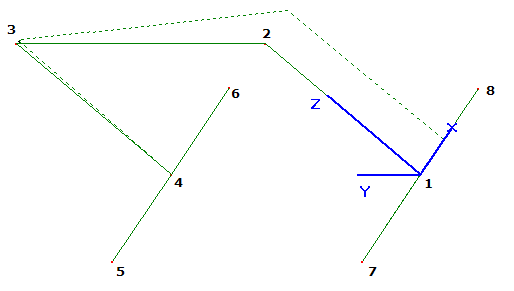Hi,
Does anyone know of books, design guides, or other such material about the general features and design of machine tooling, particularly machinery suitable for CNC control?
More specific than Shigley, I mean.
Subjects that I want to look at more rigorously:
- Stiffness
- Inertia
- Heat dissipation
The kinds of things that make a machine with 90% good components turn out sloppy junk parts because of mistakes in the other 10%.
If someone wanted to build their own CNC router, they could always look at the machines around and duplicate them. There are several machines I have looked at to learn from. But I’m convinced it’s not that simple (consider the reputation of machinery made in China when it’s copied without understanding the principles of operation). I also believe there is a science to this hiding in the background. I’m not having any trouble making sense of the general information I can find on the internet, but it’s pretty shallow.
Considering the number of times I need one, this kind of project may possibly pay for itself in the long run. Where I work now, the decision is always made to sub parts out to another shop. I have had no luck convincing the company I work for to buy a NC machine even though every previous company I’ve worked for had NC machines in-house that were busy money-makers all the time.
I’ve taken interest in CNC machining centers for my entire professional career, learned the basics of G-code in school, I’ve been sending parts out for laser and router cutting since day 1, and had many opportunities to use the manual types over the years. I really figure it’s time to just jump in and invest myself in this kind of project since it will never not be useful to me.
